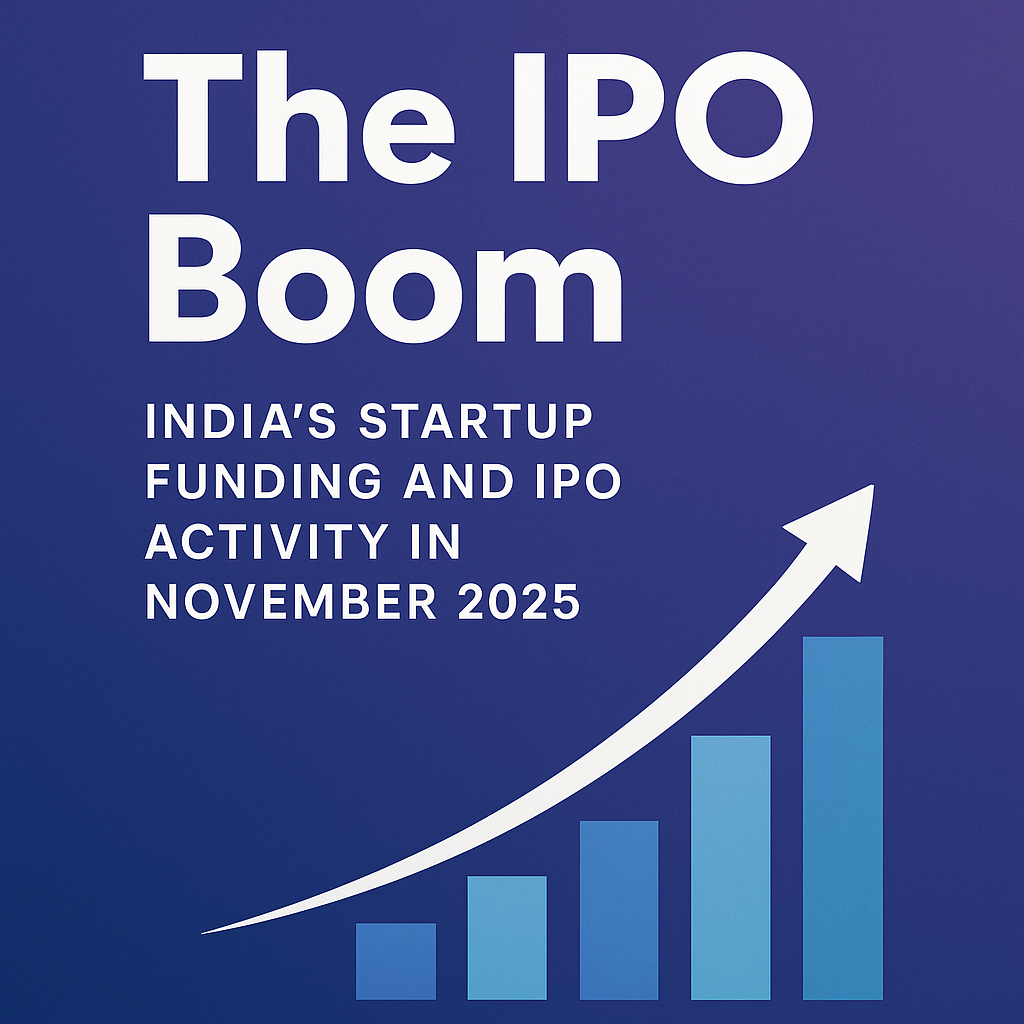🚀 Introduction
Your startup pitch deck is not just a presentation—it’s your first impression, your value proposition, and often your only chance to grab investor attention. While a great product matters, what gets you in the door is a clear, concise, and compelling pitch.
Unfortunately, most pitch decks fail because founders miss the basics. In this article, we break down the essential Do’s and Don’ts to help you avoid common mistakes and deliver a pitch that gets funded.
✅ Do’s: What You MUST Include in Your Pitch Deck
1. Start with a Powerful Problem Statement
-
Show that you truly understand the pain point.
-
Use a relatable story or statistics.
📌 Do: “Every year, 30 million Indians face mental health issues, yet access to affordable therapy is almost non-existent.”
2. Present a Scalable Solution
-
Clearly explain how your product solves the problem.
-
Show what makes your solution better or unique.
📌 Do: Use visuals, MVP demos, or mockups.
3. Show Market Opportunity
-
Investors invest in potential. Present TAM/SAM/SOM (Total Addressable, Serviceable, Obtainable Markets).
📌 Do: “India’s mental wellness market is projected to reach ₹25,000 Cr by 2030.”
4. Introduce Your Rockstar Team
-
Investors invest in founders first.
-
Showcase your team’s experience and strengths.
📌 Do: Add short bios with 1–2 key achievements or past exits.
5. Display Traction and Milestones
-
Even early-stage? Highlight metrics like:
-
Signups
-
MRR
-
Partnerships
-
Pilot programs
-
📌 Do: Use graphs to show growth.
6. Be Transparent About Business Model
-
Clearly explain how you make money.
-
Add unit economics if possible (CAC, LTV, margin, burn).
7. End with a Clear Ask
-
State how much you’re raising, for what, and what milestones it will achieve.
📌 Do: “Raising ₹2 Crore for 18 months of runway to reach ₹1 Cr ARR.”
❌ Don’ts: What You MUST AVOID in Your Pitch Deck
1. Don’t Make It Too Long
-
10–12 slides is ideal. You’re telling a story, not writing a thesis.
-
Leave room for questions, don’t overwhelm.
📌 Don’t: 30-slide decks with deep technical jargon.
2. Don’t Overestimate Market Size
-
Inflating TAM to “$100B” without logic kills credibility.
-
Back your claims with research, not dreams.
3. Don’t Be Vague About Competitors
-
Saying “We have no competition” is a red flag.
-
Acknowledge them and explain your edge.
📌 Don’t: Ignore existing alternatives or big players.
4. Don’t Ignore Design & Formatting
-
Ugly decks = investors lose interest fast.
-
Use clean fonts, consistent colors, and keep text minimal.
📌 Don’t: Use 4–5 fonts or cluttered visuals.
5. Don’t Be Defensive in Q&A
-
Investors will poke holes. It’s part of the game.
-
Be honest, not defensive.
📌 Don’t: Say “You’re wrong” or argue. Acknowledge gaps and show how you’ll overcome them.
6. Don’t Lie or Hide Facts
-
Every exaggeration will be caught in due diligence.
-
Transparency builds trust, even with limited traction.
📌 Don’t: Say “We’ll be profitable in 3 months” if there’s no path.
📋 Pro Tip Slide Structure (12-Slide Format)
-
Cover Slide – Logo, tagline, contact
-
Problem
-
Solution
-
Market Size
-
Product Demo / Screenshots
-
Business Model
-
Go-to-Market Strategy
-
Competition
-
Traction & Metrics
-
Team
-
Financials / Projections
-
Ask & Use of Funds
🧠 Final Thoughts
Building a pitch deck isn’t just a design exercise—it’s about crafting your startup’s story in a way that hooks investors and shows you’re fundable. Focus on clarity, authenticity, and numbers. Don’t oversell. Don’t underprepare.
And remember—you’re not just raising money; you’re inviting partners into your vision.




